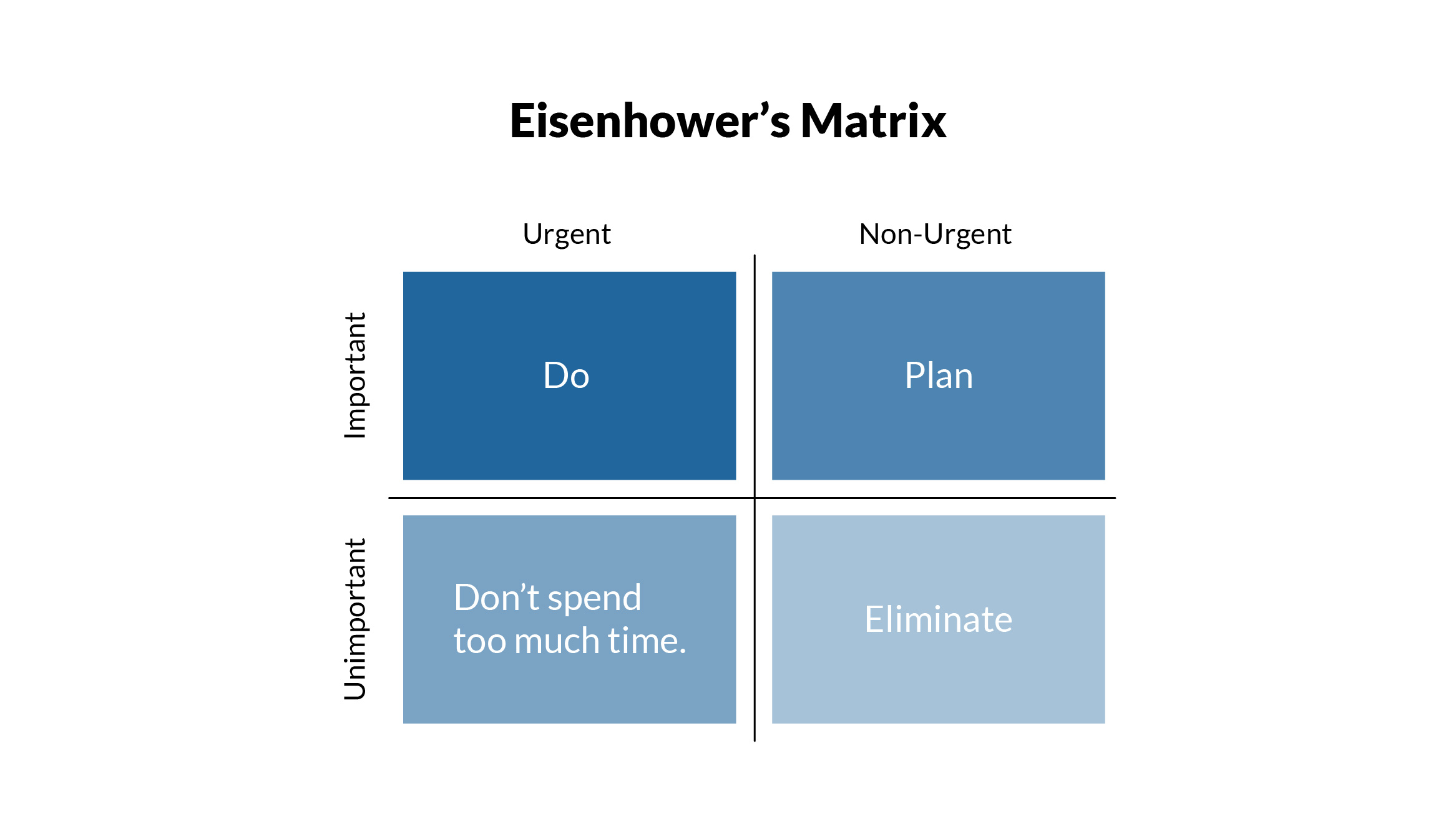Increase Employee Productivity at work | Effective ways to make big changes
Do you know that studies tell us, the happiest people in the world are consistently very productive?
We are in the era of cut-throat competition. There is no time to slow down or take a break. All these things are more than true for the Corporate World.
Businesses do not want to compromise on progress and productivity at all.
But the irony is that being lazy and unproductive, at least for a small chunk of time, is the reality of most employees around the world. What makes us more productive in the workplace is definitely a hard nut to crack!
There are a number of automated tools available in the market either for communication or collaboration or employee task monitoring. But before we move on, let’s define employee productivity.
Defining Employee Productivity
Business Dictionary defines Productivity as ‘A measure of the efficiency of a person, machine, factory, system, etc., in converting inputs into useful outputs.’
So we can say that increasing employee productivity would mean achieving higher outputs with the same resources or accomplishing more from limited available inputs at our disposal.
Achieving higher productivity is directly proportional to the increased productivity of human resources at hand. Motivating employees to increase their productivity is quite a challenge. Implement the following strategies to increase productivity in the workplace.
Four Quadrants of Eisenhower’s Matrix

The key to becoming more productive is prioritizing the tasks and getting them done at the right time. But how do you know which ones should be done before the others?
Eisenhower’s Matrix is the shrewdest tool to categorize and schedule the tasks. By using this method, you would find yourself impeccably organized and never in a deadline crisis.
Eisenhower’s matrix was conceived by Dwight Eisenhower, the 34th President of the United States of America (1953-1961). He was a leader at the dawn of the Cold War and hence was busy all the time. To prioritize his tasks, he came up with the Urgent/Important Matrix.
An urgent task is the one that requires swift action. A failure to provide immediate attention to the task can result in adverse outcomes.
An important task is one that is inevitable for smooth performance and functioning. Neglecting important tasks can have short and long-term disadvantages.
Discovering Advantages & Disadvantages:
- Urgent and Important
Urgent and Important tasks are the ones that are either left to be dealt with at the last moment. Or they are the ones that come up out of the blue. Customer Support is also an Urgent and Important task because Customer Satisfaction is the top priority of many businesses. - Urgent and Unimportant
Urgent and unimportant tasks are the ones that require quick attention and swift action. They are the means to an end. So missing out on them and not doing them on time can cause distress and even loss in the long run. For example, replying to emails, data entry, maintaining records. - Non-urgent and Important
These tasks are not urgent and sometimes get overlooked. But they are tremendously important for the smooth running of a business.If your employees are not properly managed your projects can be derailed.Some examples are the Research, Analysis, Project Management, HR management, etc.
- Non-urgent and Unimportant
These tasks are neither urgent nor important. They are just a building block of the Corporate Culture that we know today. These tasks often leach valuable time and productivity. Eliminating these tasks can give a boost to productivity. For example, water cooler gossip, office grapevine and other activities that employees use to waste time.
Thank you, Mr. President, for making it easier for us. We owe you!
Some of the best productivity tools for you:

Employee Productivity Tracker
These three magical words are a treat for the managers and bosses. These tools bring out deep insights into the progress and productivity of the employees. There are some tools that retrieve flawless statistics about the time spent on work-related and non-work related activities.
The use of Time Tracking tools has proved to make the employees more focused and boost productivity.
Pomodoro: Fancy yet effective
The Pomodoro Technique is a time management trick put forward by Francesco Cirillo in the late 1980s. This technique is based on the scientifically proven fact that the human mind and body cannot generate high-quality performance for a long period of time. The gist of the technique is to work in small chunks of time with small frequent breaks in-between.
If managers take into account human limitations and implement a ‘Go, take a break’ culture, employees can become much more productive and happy.
Block Applications
Most of us are guilty of being addicted to some sort of mobile application. And this is one of the most common reasons for low productivity. If you block the applications that make you lose focus, for the work hours, you can save a lot of productive time.
There are some applications that allow usage only for a preset amount of time. For example, you can set Facebook usage time to be 30 minutes. After 30 minutes, the application will be blocked.
Conclusion
The research and innovation to – date are enough to make us very productive. We just need to implement the tricks and tools! If you’re not taking advantage of any productivity tracking software whether you are working a full-time job or remotely, even traditional ones, you’re very likely missing out an opportunity to stay focused and organized.
Wondering whether you’re not productive enough? The answer to your question lies right here.






